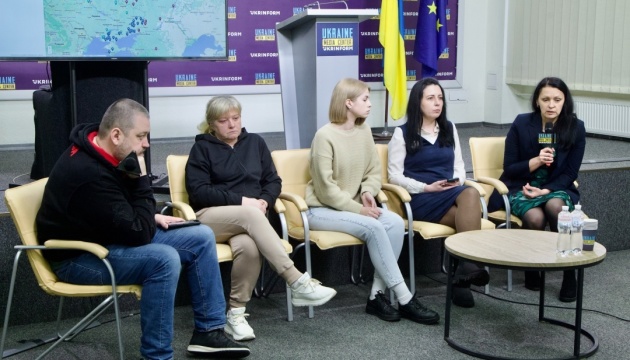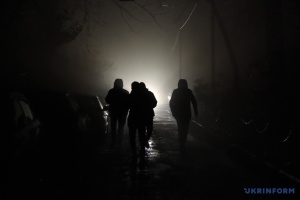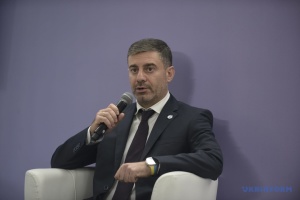
Nearly 950 Ukrainian civilians remain in Russian captivity - rights activists
This was announced by the Media Initiative for Human Rights and Civilians in Captivity NGO during the presentation of the relevant map at the Ukraine Media Center - Ukrinform.
"According to the Ministry of Reintegration, as of late February, 950 civilians remain in detention facilities. Our list, which we maintain in parallel lines with the support of the Civilians in Captivity NGO, contains approximately the same number of people. To what extent the lists coincide, we cannot say because government records are not public," said coordinator Tetiana Katrychenko.
According to experts, the work on the map lasted 12 months. In particular, social networks and websites were monitored to identify persons who had gone missing during Russian occupation. At the same time, experts interviewed persons released from captivity. According to the rights watchdogs, 948 civilian hostages have been identified in the temporarily occupied areas and in Russia.
The map shows 100 places of detention of civilians and military personnel - from Donetsk and Kherson regions to Russia’s Irkutsk region. Also, former prisons in the de-occupied territory - Kyiv and Sumy regions – were identified.
According to Katrychenko, new prisons are discovered almost every day so their total number can reach hundreds, and hostages – up to 15,000.
"Large swaths of Ukraine are still occupied. People are detained every day, while we keep discovering new places of detention. Therefore, we can’t say that the current map offers a complete picture of places of detention. However, the most important thing is that we were able to talk to witnesses from all these places, to collect and document these testimonies for law enforcement," she stressed.
In her turn, the head of the project’s documentation department, Anastasia Panteleeva, noted that police stations, administrative buildings and basements, as well as recreation centers, usually serve as places of detention and torture chambers in the occupied territories. For example, on Arabat Spit (Kherson region), in each of the buildings at the recreation center, from four to 10 people are held. At the same time, part of the detainees from the occupied left bank of the Dnipro River in Kherson Region were transferred to two pre-trial detention centers in occupied Crimea’s Simferopol.
"We identified 70 Ukrainians who are being held in Detention Center No.2. Our colleagues said on the eve of the New Year that there were 110 Ukrainians there, but the building itself is designed for a larger number of inmates. And perhaps people from the occupied left bank of the Dnipro in Kherson are transported there," she said.
According to the activist, anyone who arouses "suspicion" can be put in such places, in particular during an attempt to evacuate.
The Media Initiative for Human Rights (MIHR) is a Ukrainian non-profit founded in September 2016 by journalists Maria Tomak and Olha Reshetilova. The organization monitors and documents human rights violations in connection with Russia’s armed aggression, highlights and investigates individual episodes, analyzes collected data, and pursues advocacy activities.




